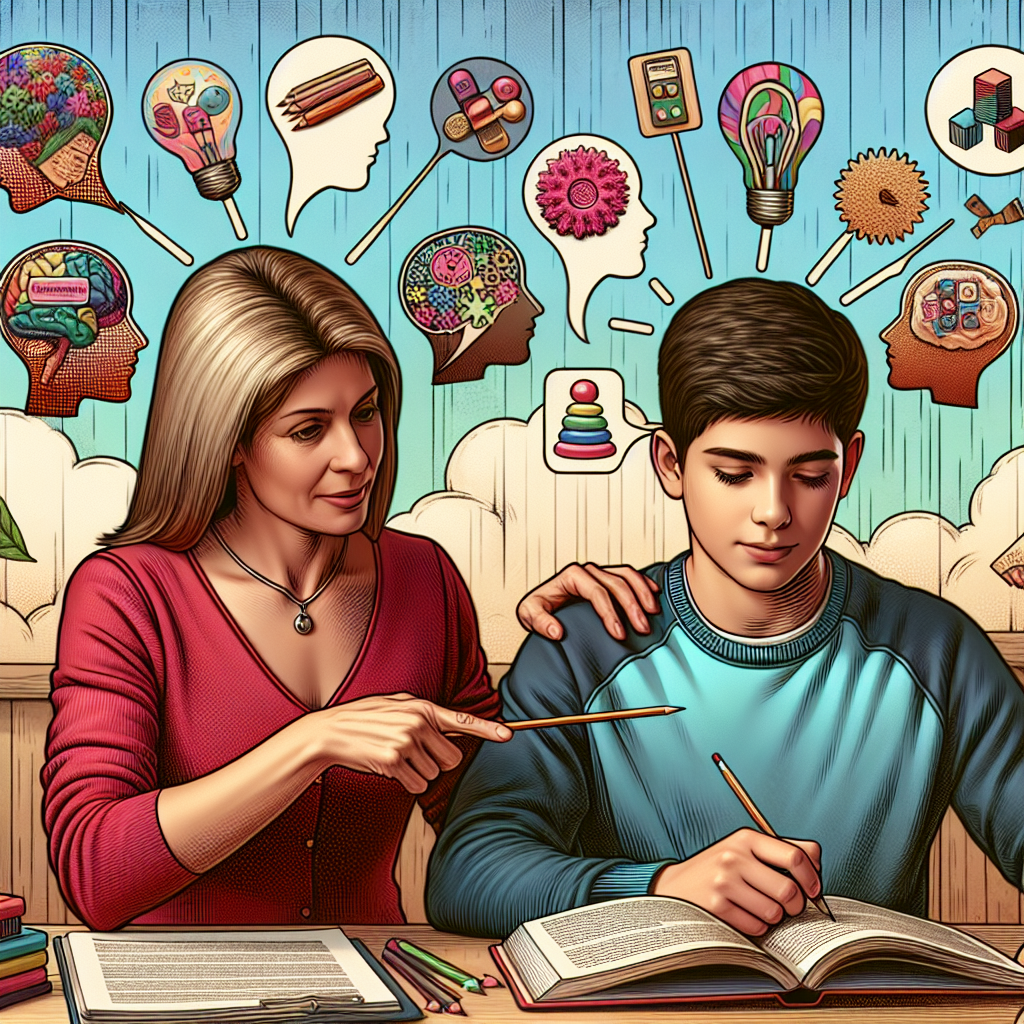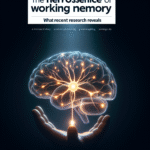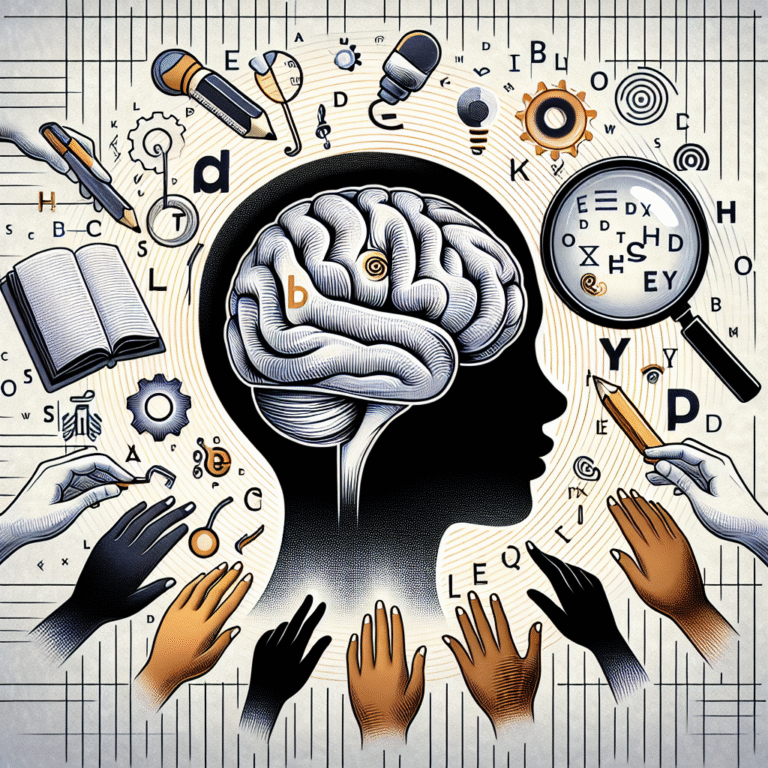
Enhancing Memory in Students with Learning Disabilities: Essential Tips and Techniques
Introduction
In today’s diverse educational landscape, the importance of understanding and supporting students with learning disabilities (LD) has never been more critical. Around 5-15% of school-aged children experience some form of learning disability, impacting their memory, attention, and learning processes. Enhancing memory in students with learning disabilities: tips and techniques can be transformative, empowering them to harness their unique strengths and thrive academically.
This article delves deep into effective strategies that educators, parents, and tutors can employ to help bolster memory capabilities in these students, allowing them to navigate their educational experience with increased confidence and competence. Let’s embark on this journey to uncover the essence of enhancing memory in students with learning disabilities through actionable insights and practical tips.
Understanding Learning Disabilities and Memory
What Are Learning Disabilities?
Learning disabilities refer to a group of neurological disorders that affect how individuals receive, process, and respond to information. Common types include dyslexia (reading difficulties), dyscalculia (difficulty with math), and dysgraphia (challenges with writing). These conditions can result in memory issues, particularly related to working memory and long-term retention.
The Importance of Memory in Learning
Memory is a critical component of learning. It not only helps in retaining information but also in connecting new knowledge with existing frameworks. For students with learning disabilities, strengthening memory can lead to improved academic performance, enhanced self-esteem, and greater independence.
The Connection Between Learning Disabilities and Memory
Students with LD often exhibit features like reduced working memory capacity, slower processing speeds, and challenges with executive functioning. For example, working memory is pivotal for tasks that involve following multi-step instructions or recalling information quickly. Understanding these connections lays the groundwork for implementing targeted strategies.
Proven Strategies for Enhancing Memory
1. Use Multi-Sensory Learning Approaches
Multi-sensory learning engages multiple senses—sight, sound, touch, and movement— to reinforce memory retention. When a student uses their senses, they make stronger connections with the material.
Case Study: Abigail’s Experience
Abigail, a 10-year-old with dyslexia, was struggling to memorize her multiplication tables. Her teacher implemented a multi-sensory approach by incorporating visual aids (e.g., colorful charts), auditory cues (e.g., songs), and kinesthetic activities (e.g., using beads for counting). As a result, Abigail showed a remarkable improvement in her memory, mastering her multiplication tables within weeks.
2. Implement Memory Strategies
Teaching specific memory techniques can immensely benefit students with LD:
-
Chunking: Breaking down information into manageable "chunks" can help enhance retention. For example, a phone number like 123-456-7890 is easier to remember when broken into groups of three digits.
- Mnemonic Devices: Memory aids, such as acronyms or rhymes, can assist in recalling information. For instance, using "PEMDAS" (parentheses, exponents, multiplication, division, addition, subtraction) in math to remember the order of operations.
3. Encourage Active Engagement
Active involvement in learning can enhance memory. Techniques such as summarizing information, teaching others, and engaging in discussions contribute to deeper processing of material.
Case Study: Jake’s Transformation
Jake, a middle school student with ADHD, found it challenging to focus during lectures. His teacher encouraged him to take notes and summarize what he understood after each class. By actively engaging with the material, Jake showed increased retention and comprehension, leading to improved grades and enthusiasm for learning.
4. Create a Structured Learning Environment
A structured environment minimizes distractions and helps students with LD focus on the material. Consistent routines, organized notebooks, and designated study spaces can further facilitate better memory function.
5. Utilize Technology
Incorporating technology into the learning process can provide personalized and interactive experiences. Tools like digital flashcards, educational apps, and memory games can be effective in enhancing memory retention.
Chart: Technology Tools for Enhancing Memory
| Tool | Purpose | Benefits |
|---|---|---|
| Quizlet | Flashcards and games | Repetitive learning in a fun way |
| MindMeister | Mind mapping | Visualizes connections in information |
| Google Keep | Note-taking and reminders | Organizes tasks and learning points |
Building a Positive Mindset
6. Encourage a Growth Mindset
Promoting a growth mindset helps students understand that their intelligence can improve through effort and practice. This approach reduces anxiety and fear of failure, particularly for students with LD.
Case Study: Maria’s Journey
Maria, who has a learning disability, often felt defeated by her struggles. Her teacher introduced the concept of a growth mindset by celebrating small achievements and shifting focus from mistakes to learning opportunities. Over time, Maria developed resilience, leading to a newfound enthusiasm for tackling challenging subjects.
Supportive Home Environment
7. Foster Collaborative Learning
Encourage group study sessions where students can learn from each other. Collaborating with peers promotes sharing strategies, peer teaching, and effective memory retention through social interaction.
8. Parent Involvement
Involvement from parents can greatly influence a student’s memory capabilities. By creating a supportive home environment that emphasizes learning, helps with homework, and celebrates successes, parents can reinforce memory-enhancing techniques.
Conclusion
Enhancing memory in students with learning disabilities: tips and techniques is an indispensable endeavor that can significantly impact their academic journey. From employing multi-sensory strategies to fostering a supportive environment, this multifaceted approach not only improves memory but also cultivates a sense of achievement and independence.
Remember, every child has unique potential, and through these strategies, parents and educators can inspire confidence and success. As we continue to advocate for students with learning disabilities, let us be the catalysts for change, nurturing not just their memory but their love for learning.
FAQs
1. What are some common learning disabilities that affect memory?
Some common learning disabilities include dyslexia, ADHD, and dyscalculia, all of which can impact memory and information retention.
2. How can teachers effectively support students with learning disabilities?
Teachers can offer personalized instruction, utilize multi-sensory approaches, and foster a supportive classroom that encourages active participation and collaboration.
3. Are there specific tools designed to help enhance memory in students with LD?
Yes, various apps and educational games, such as Quizlet and MindMeister, provide interactive ways to strengthen memory through engaging content.
4. How can parents help enhance memory at home?
Parents can create structured study environments, encourage regular review sessions, and celebrate small successes to build confidence and memory retention.
5. Can techniques for enhancing memory be adapted for different age groups?
Absolutely! Many strategies, such as mnemonic devices and multi-sensory approaches, can be tailored to cater to different cognitive levels and age groups, ensuring effective memory support across the board.
By embracing the concept of enhancing memory in students with learning disabilities: tips and techniques, educators and parents can play a vital role in shaping not just academic performance, but overall life success for these remarkable students. Let’s work together to create brighter futures for all!
















